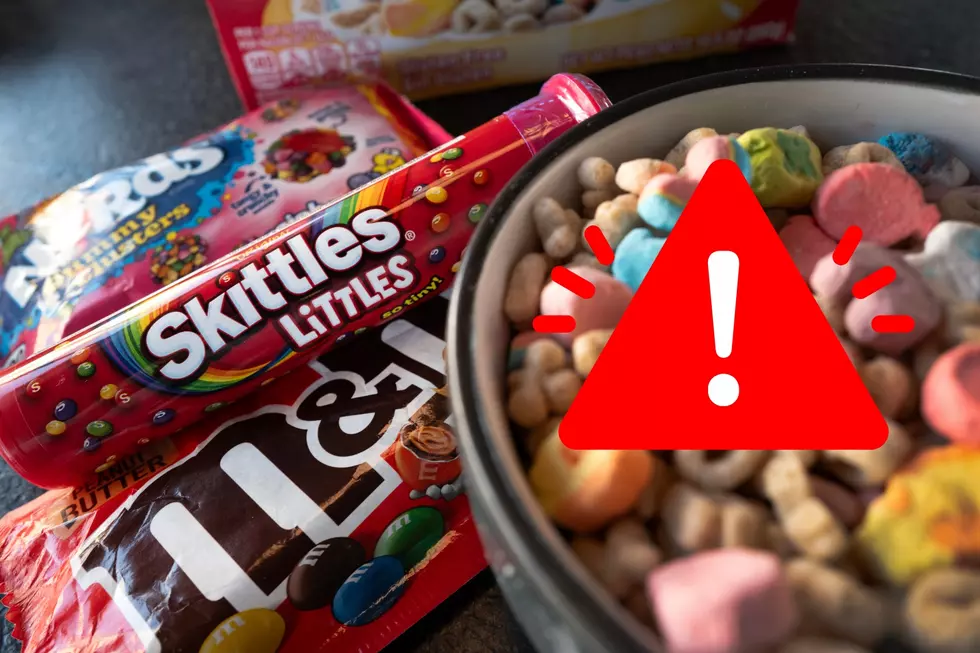
Tropics Exploding – Louisiana Could Be Affected Next Week
Meteorologists around Louisiana have been cautioning us all summer long about what is potentially about to happen in the tropical Atlantic Basin. Our fearless forecasters who work in radio, television, and for the National Weather Service have all expressed at least amazement at how warm the ocean's waters have been this summer.
These trained scientists know that warm ocean waters are then nourishment needed for tropical cyclones to develop. And, after a relatively quiet first two and half months of the Hurricane Season, it's not about to get busy. Y'all it is already busy and getting busier.
Those are four potential trouble spots the National Hurricane Center is monitoring this morning. The two orange-colored Xs are the storm systems that are most likely to experience further development over the next three to seven days. The Xs in yellow are areas of disturbed weather that are worth watching. The reason? They are over very warm ocean waters.
Where Are The Tropical Systems Forecast to Go?
That question is probably best answered with a picture since you don't have time for a thousand words, right? Here are the seven-day expected tracks of these four potential tropical cyclones.
All of a sudden that innocent-looking X near Haiti and the Dominican Republic looks a little more interesting to those of us who live and work along the northern and western Gulf of Mexico. That's the bad news.
The good news is that while this area of disturbed weather will be very close to Louisiana's coastline next week, forecasters don't expect it to grow stronger. In fact, the seven-day outlook only gives the system a 30% probability of becoming a tropical cyclone.
What is a Tropical Cyclone?
Here is the official definition according to NOAA. For our purposes, we are basically saying the system that is forecast to move into the Gulf next week has a 30% probability of becoming a tropical depression, or tropical storm, or I am not going to say it out loud. You know what the next step is in the progression, right?
The fact that strengthening is not really in the cards for this weather system could make it more of a good thing and less of a bad thing. We, okay maybe just me, are hoping that the system will kick up enough moisture into the atmosphere to quell the heatwave and break the horrific drought in parts of Louisiana and Texas.
As of now, confidence is not high that this system will do either. Looking at rain chances over the next few days and into next week we don't see any significant threat of showers or storms. There will be the obligatory 30% chance of rain most afternoons but that is about it.
And as far as the heat goes, the National Weather Service Forecast Office in Lake Charles is suggesting that by next Wednesday and Thursday, the afternoon high temperatures along the I-10 corridor could be 105 or 106. That's not heat index either.
Meanwhile, for the other systems in the far eastern Atlantic, the model guidance that we've looked at seems to suggest that all three of those systems will stay out of the Gulf of Mexico. In fact, most of the long-range guidance is suggesting that the storm systems will grow and die at sea. Which would be just fine with me.
Now, we should caution you that these are model solutions and not actual forecasts. All four of the potential problem areas are worth watching, so we will update you as new information becomes available.
19 Straight Up Facts You Can't Argue with About Louisiana


